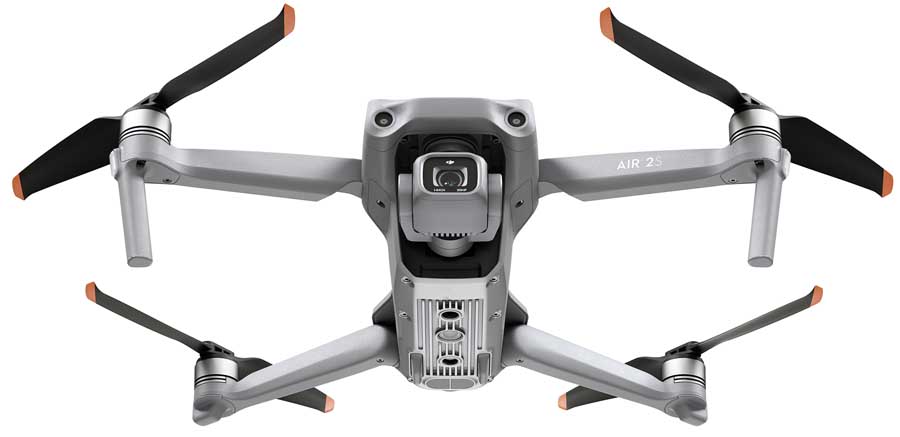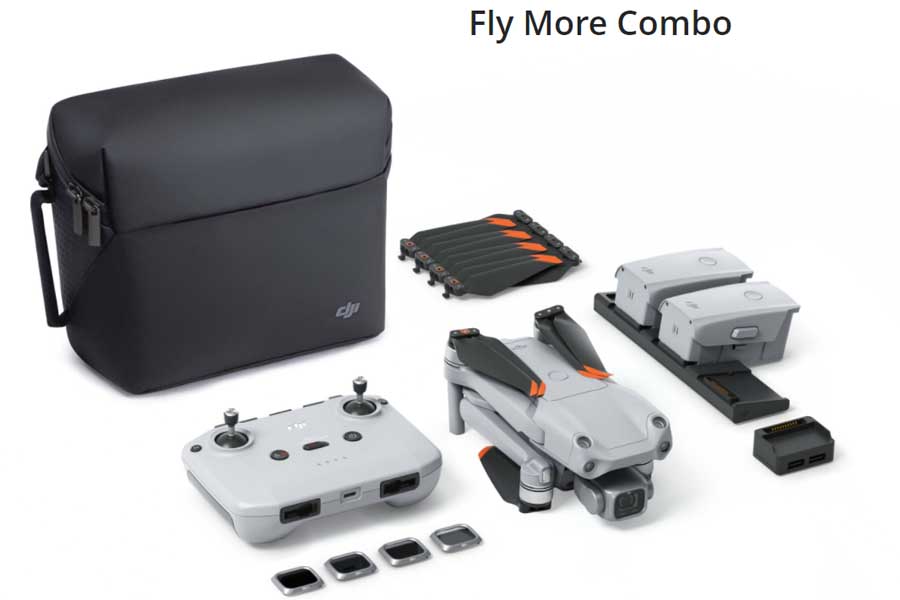Xiaomi 13 Lite is the most affordable member of the Xiaomi 13 series starting at 400 dollars or Rs. 55,000 here in Nepal. It might also launch in India very soon for a price of Rs. 32-33,000 Indian rupees.
And for the price, the Xiaomi 13 Lite, for me, genuinely doesn’t bring any “WOW factor” to the table. There is some really good stuff about this phone, but there are equally bad choices being made here. Ok, me being a positive person, let me get started with the good stuff of the 13 Lite.
Design
If you remember, Xiaomi’s “Lite” series has always given a little more focus on the design side, and it is definitely evident on this phone too. It comes with a premium glass body and a curved design.
But unlike its expensive siblings, the 13 Lite has a lightweight form factor and a uniform weight distribution across its chassis which makes it plenty comfortable to hold.
Not to mention, the Xiaomi 13 Lite is extremely slim and sleek too so it does not take up a lot of space in your pocket. Plus, the color options are also quite refreshing. I have this cute Blue variant while there’s Pink and Black choices that look equally good too.
Battery
However, this slim design does come with some disadvantages. Because the phone is really thin there are two things that the Xiaomi 13 Lite does not do well in. No. 1 – it has a smaller 4,500 mAh battery which is not very enduring if you are a heavy user.
And second, I found the phone to have some heat management issues as well. Let me explain them one by one. Objectively, a 4500 mAh battery is a good enough battery capacity for any smartphone. But the problem with this phone is that the battery optimization on it is not very strict, hence, you are losing a lot of battery on background processes and apps.
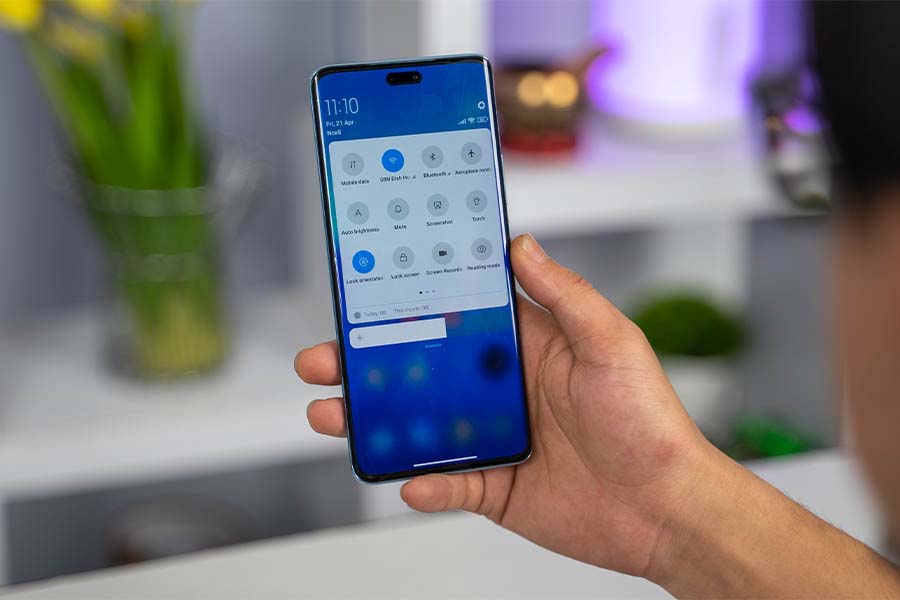
On top of that, its screen can only switch between 60 and 120Hz refresh rates, so it’s not able to conserve a lot of power because of which I have only been getting around 4.5 to 5 hours of screen on time during heavy usage out of this phone. That converts to less than a whole day of usage, so it’s safe to say that the battery backup on the 13 Lite is average.
But do keep in mind that I am a heavy user and if you are someone with a normal usage pattern, you might get a better backup from it.
Performance
The Xiaomi 13 Lite comes with a Snapdragon 7 Gen 1 chipset which apart from being an efficient and powerful performer in regular everyday tasks, is also a great mid-range gaming chipset. Keeping that in mind, Xiaomi has provided a custom stainless steel vacuum chamber for improved heat dissipation.
But sadly, in my tests, that heating solution did not turn out to be very effective while gaming. Normal everyday usage on this phone is fine, with no issues, but while playing some of my favorite games, like PUBG Mobile, Genshin Impact, and Mech Arena, the phone would heat up to 40 degrees or more just in 15 minutes into the games.
Even the Exynos 1380 on the Galaxy A54 was not able to manage its thermals very well in my gaming tests, but on average the Xiaomi 13 Lite has slightly higher temperatures than the A54.
Thankfully, the good thing is, it does not throttle the performance – the phone gets hot, yes, but you won’t see a dip in performance levels here. So I was able to get consistent fps stability and frame rates in all the games I tested.
Genshin Impact ran smoothly in medium settings with stable 30 fps while I was able to push up to HDR graphics and Ultra frame rates in PUBG mobile which gave me a smooth 40 fps gameplay. This is much better than something like the Samsung Galaxy A54 which, as I mentioned in my review, is not optimized for gaming at all.
Display
Moving on, the display on the Xiaomi 13 lite is top-notch. It’s a 6.5-inch AMOLED screen with all the perks that a good display should have like 12-bit colors, 120Hz refresh rate, HDR 10+ & Dolby Vision certification, and 1920 Hz PWM Dimming.
I found its display to be even better than the Galaxy A54 especially when playing Dolby Vision content on Netflix and Amazon Prime.
Other than that, the display is sufficiently bright too and I found no issues regarding optimization either, so it’s safe to say that Xiaomi has done a good job here. Its in-display fingerprint sensor also works fine, as it’s fast and accurate!
You might also have noticed the dual camera cutout up top that is kind of really rare these days. I wouldn’t say it’s extremely obtrusive while watching content but yeah, it is noticeable nonetheless.
But that wasn’t as big of an issue for me. The bigger issue was that the phone only comes with a single-speaker setup. I mean, a premium phone, in 2023, lacking stereo speakers is such a letdown. As a result, the overall audio quality here is just average. With such a great screen, I really, REALLY wish that Xiaomi had provided better-quality speakers. I think Xiaomi is being complacent here!
Camera
Anyway, talking about the cameras, at the back, you get a 50MP shooter, an 8MP ultra-wide lens, and a 2MP macro sensor.
I have clicked a lot of photos with the Xiaomi 13 Lite and if I had to rate its overall camera capabilities, I would give it a 7.5 out of 10. You see, it has a good primary camera. The detail levels it is able to maintain are good, and the color reproduction is also pleasing most of the time, in fact, it is able to produce accurate colors of flowers and foliage in comparison to the Galaxy A54 which generally tends to overdo the colors.
The Xiaomi 13 Lite boosts the whites and brightens the pictures which seems quite appealing to the eyes. It does a great job during night time too. The pictures from it are sharp and have less noise than Samsung.
But as expected, its 8MP ultra-wide images are just okay with a narrower field of view, and subpar details.
Portraits, on the other hand, are extremely beautified. Here is a picture shot of the Xiaomi 13 Lite and then another picture shot of the Galaxy A54. The smoothing level on the 13 Lite is just mind-blowing.
Selfie and Videos
Up front, Xiaomi has gone with an unusual camera setup with a 32MP ultra-wide camera, that also doubles as a wide camera by cropping in and then there’s an 8MP depth sensor. Plus, you get dual flashes here for enhanced selfies and selfie videos. I guess the idea behind this is to appeal to TikTok and Instagram content creators.
And with it, selfies are not bad. They are beautified like the portraits, but the result is decent I would say. And you can change the field of view without hampering the quality, which is pretty neat.
But I think it would have been much better for the content creators if Xiaomi had included a higher res video shooting ability as the selfie camera on the Xiaomi 13 lite can only shoot up to 1080p 60 fps.
From the back camera, you can shoot up to 4k 30 fps. The quality and stabilization are fine thanks to EIS and a bit of cropping magic. The ultra-wide video, however, is just limited to 1080P, unlike Samsung which gives 4k options in the ultra-wide camera too.
So, as I said earlier, if I had to rate the 13 Lite’s camera, I would give it 7.5 vs 8.5 on the Galaxy A54 because the A54 has a bit more versatile camera prowess.
MIUI
Alright, before moving to the conclusion, there are 2 more things I need to cover, software and a few extras. Software-wise, when it comes to the overall experience, MIUI is not one of my favorites. And this year, Xiaomi has been like very very bad with shipping Android versions out of the box as even the newer launches come with Android 12 and not the latest Android 13.
Plus, how many years of software updates the Xiaomi 13 Lite will receive is still unclear. And since the 13 Lite is on Android 12 and the max Xiaomi offers is 3 years of OS update. So, we are looking at a max of Android 15 here, whereas you are guaranteed to receive updates up to Android 17 on Samsung and Oneplus phones.
Talking about extras, you get a good vibration motor on this phone and more importantly, I cannot stress enough on how useful the IR blaster on it has been to me. And I think I missed talking about it, but the phone comes with a 67-watt charger inside the box that takes the phone from 0-100% in about 50 minutes.
Conclusion:
Okay, to conclude, my experience with the Xiaomi 13 Lite has kind of been like a mixed bag. It definitely has some good stuff up its sleeves but some of the choices Xiaomi has made here are very strange.
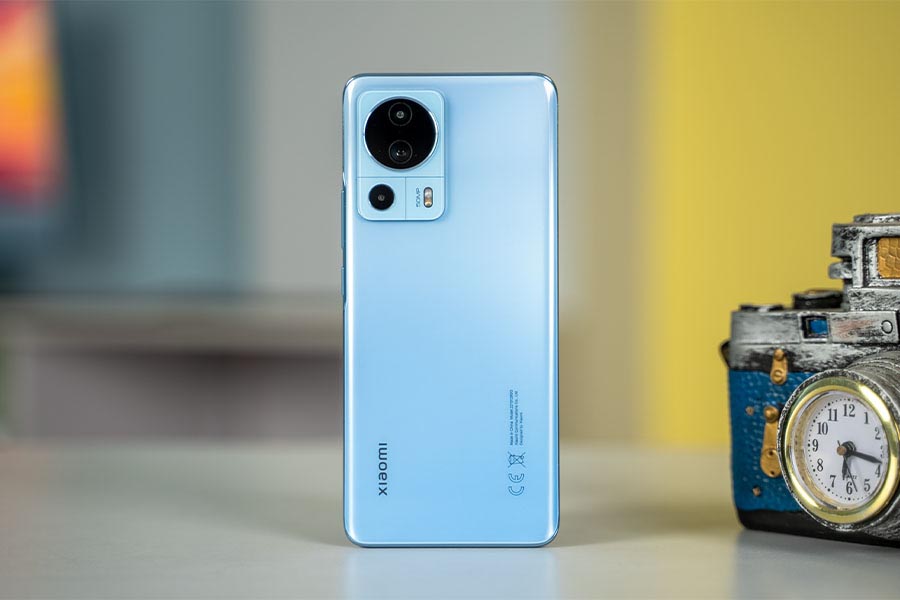
For example, the choice of the chipset is great here, but its cooling system is not as effective. It has a great display, but the speaker is just average. It has a good slim design but the battery life is pretty average. But more importantly, Xiaomi’s software commitment is a big big question mark.
So honestly, all of these things are holding me back from recommending this phone to you guys. I just think there are better options out there right now and with the likes of Oneplus Nord 3, Google Pixel 7A, and Realme GT Neo5 SE launching soon, it’s going to be even more difficult!
Xiaomi 13 Lite Review: Pros and Cons
Pros:
- Slim, Lightweight & Attractive Design
- Excellent AMOLED display
- Best Performance for its class
Cons:
- Still Stuck at Android 12
- Not good thermals
- Average Battery Life
- Single Speaker with average audio
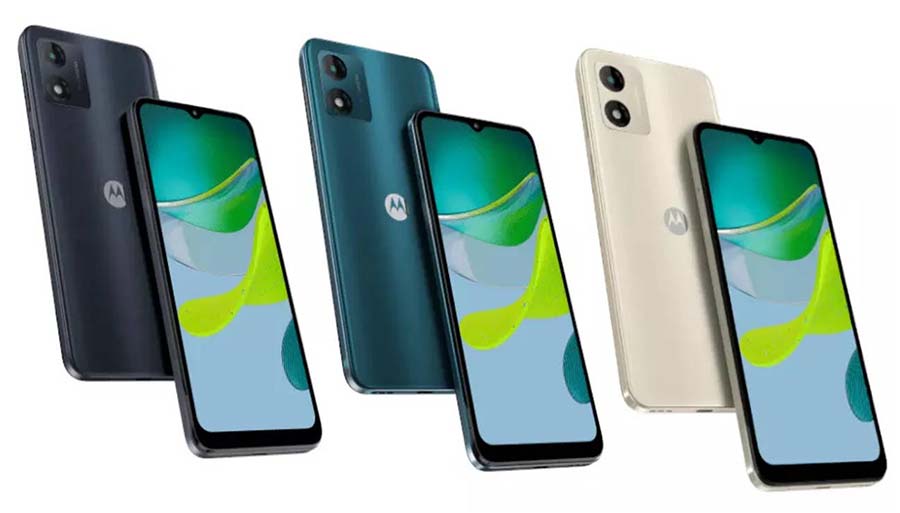
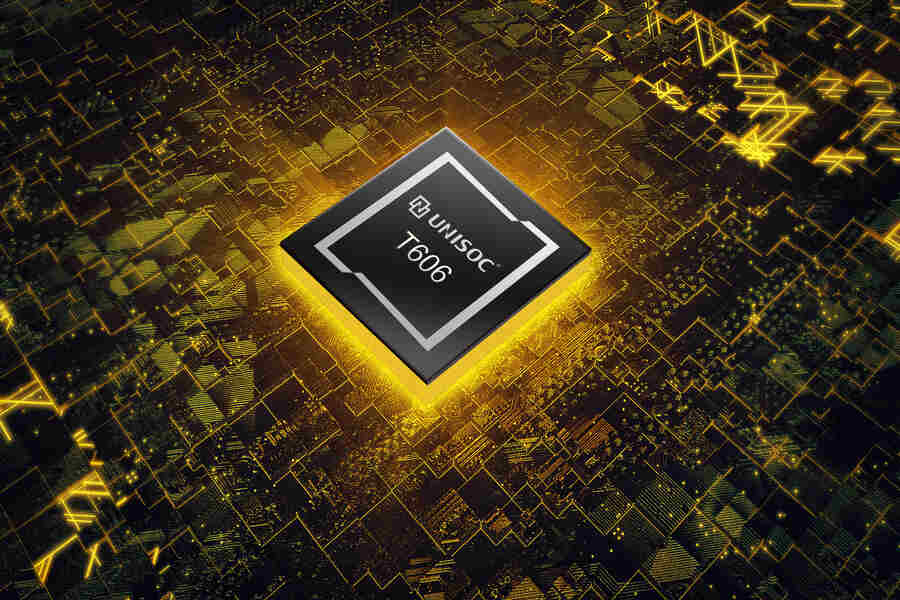


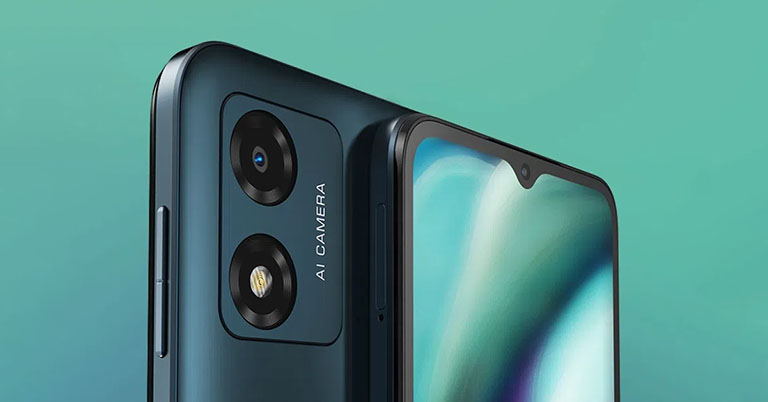
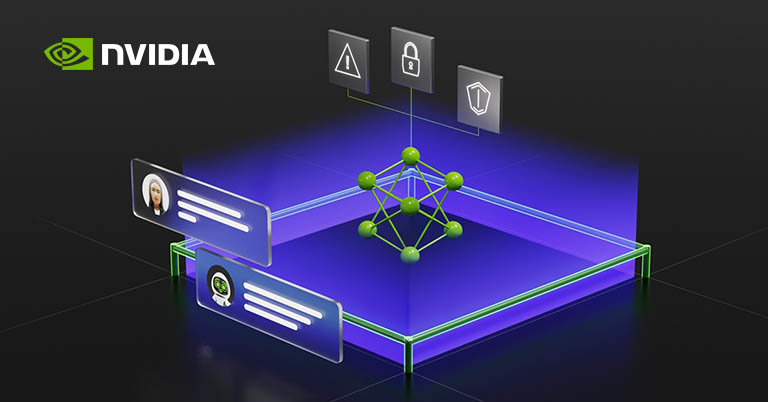


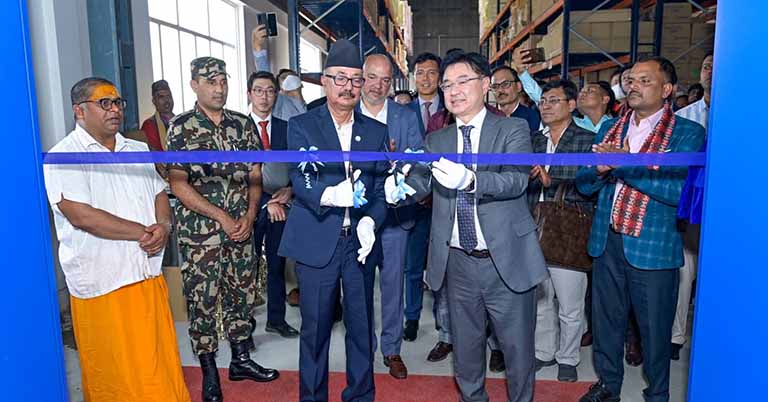
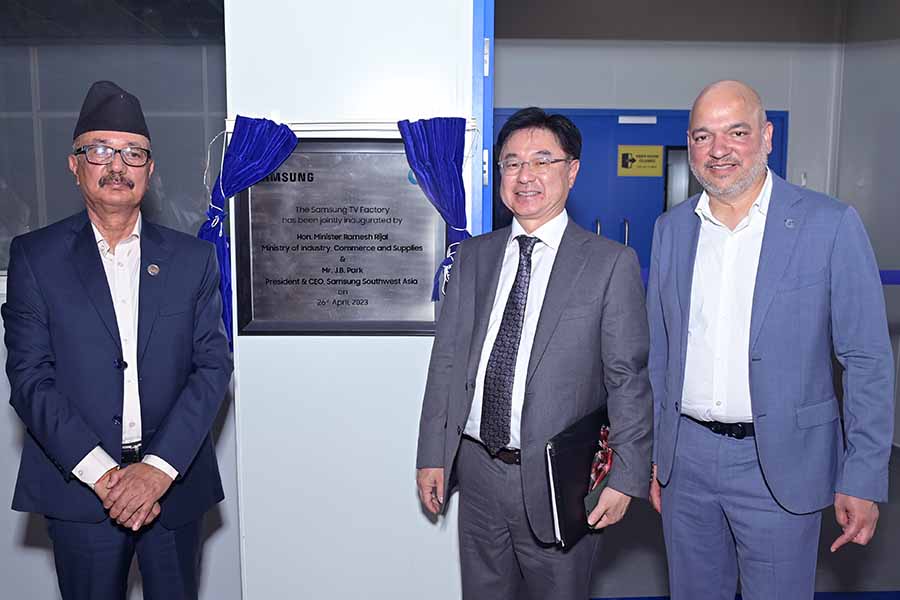
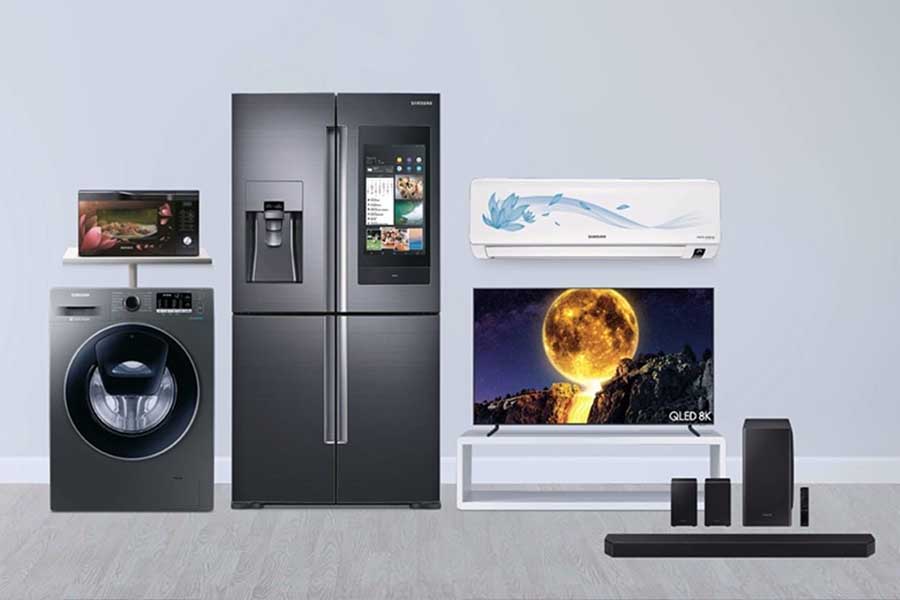
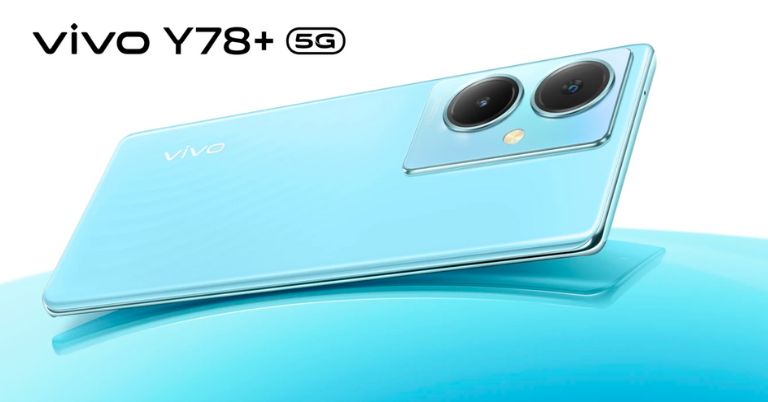
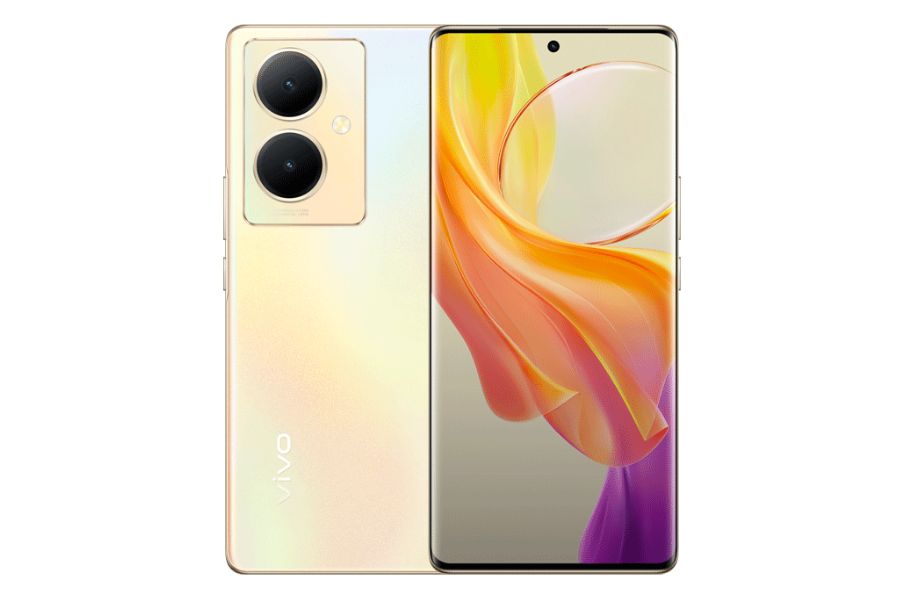 Upfront, you get a curved 6.78-inch display with a 120Hz refresh rate. This Full HD+ screen supports 1300nits peak brightness, 100% P3 color gamut, and 105% NTSC color gamut. On top of that, there is an in-display fingerprint sensor as well.
Upfront, you get a curved 6.78-inch display with a 120Hz refresh rate. This Full HD+ screen supports 1300nits peak brightness, 100% P3 color gamut, and 105% NTSC color gamut. On top of that, there is an in-display fingerprint sensor as well.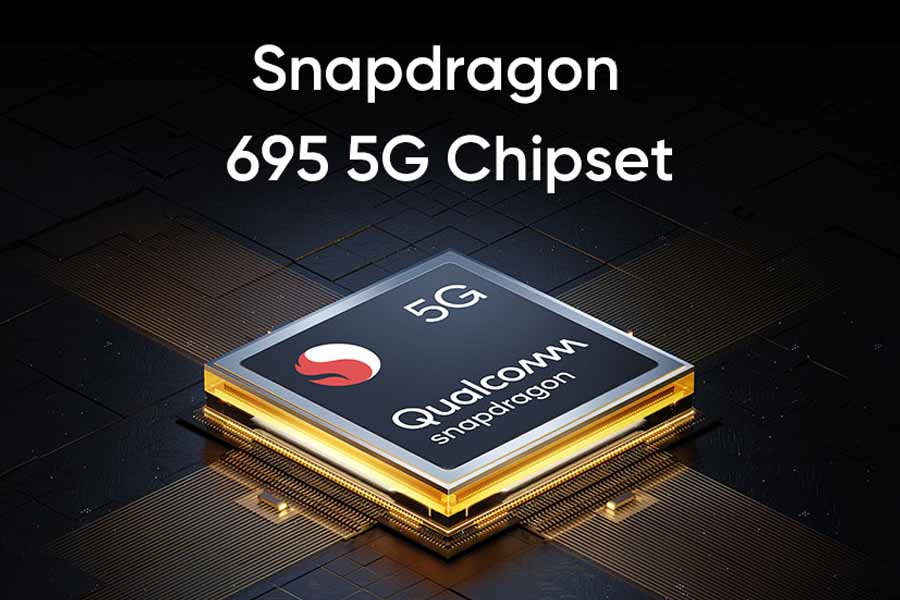
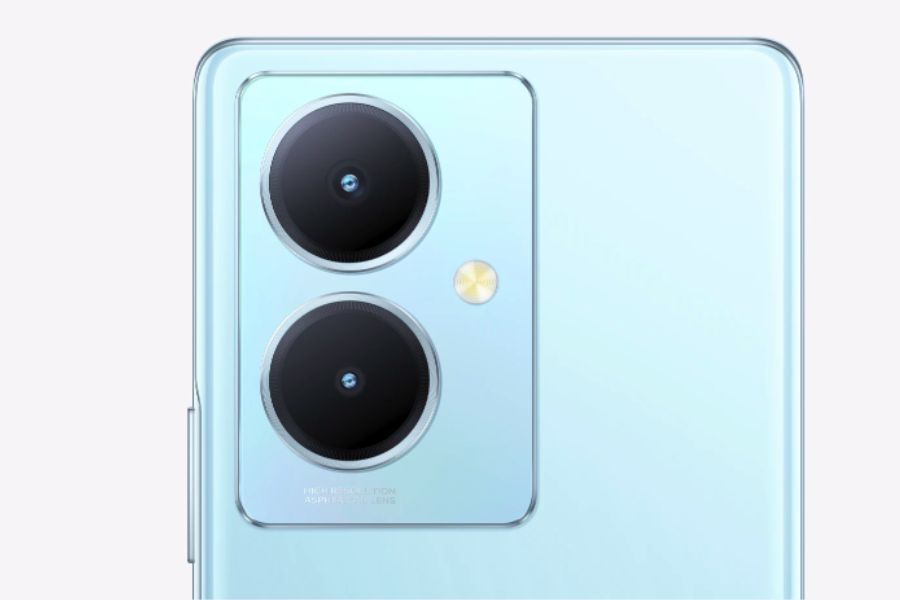
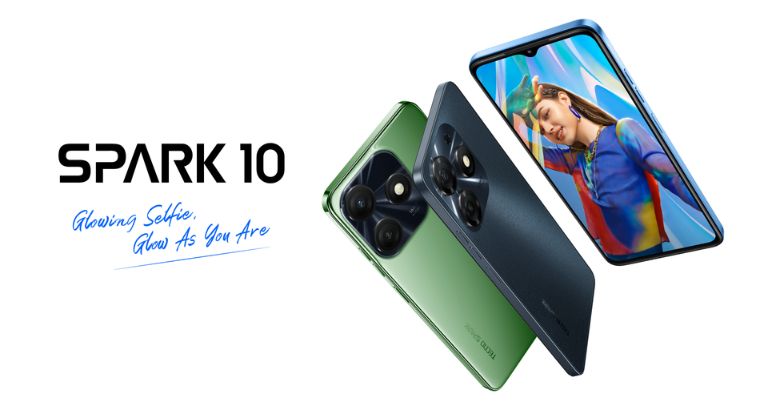
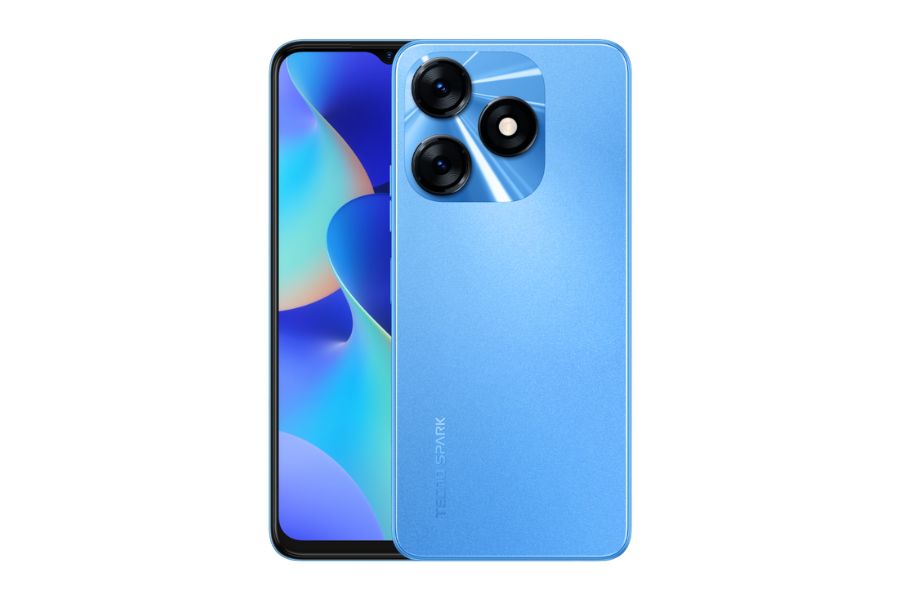 Moving to the front, the smartphone sports a 6.6-inch IPS LCD display with a 90Hz refresh rate. This HD+ screen has a 1612 x 720 pixels resolution, 267PPI, and 84.7% screen-to-body ratio.
Moving to the front, the smartphone sports a 6.6-inch IPS LCD display with a 90Hz refresh rate. This HD+ screen has a 1612 x 720 pixels resolution, 267PPI, and 84.7% screen-to-body ratio.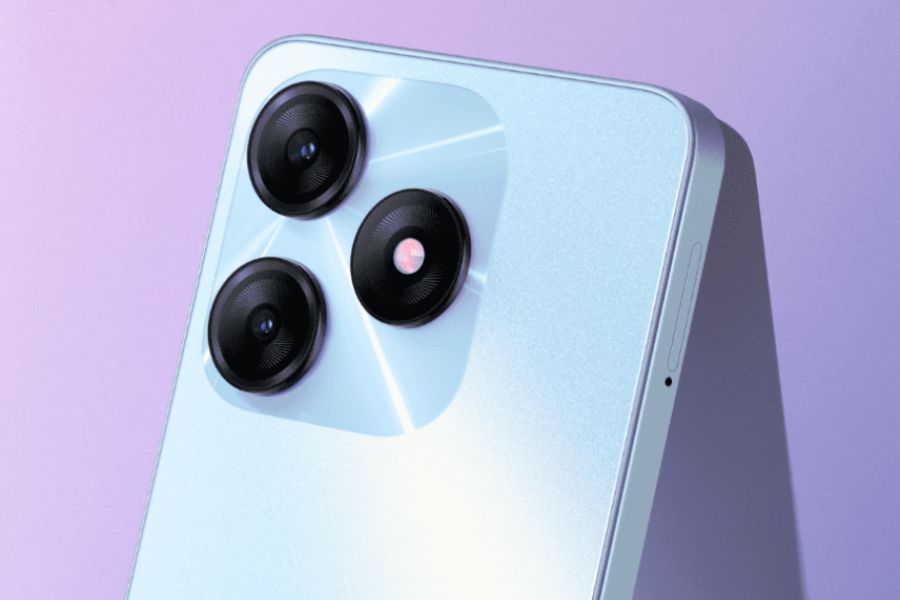
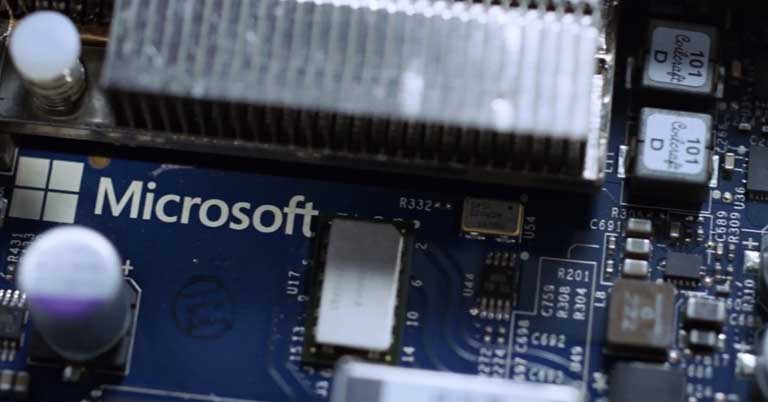

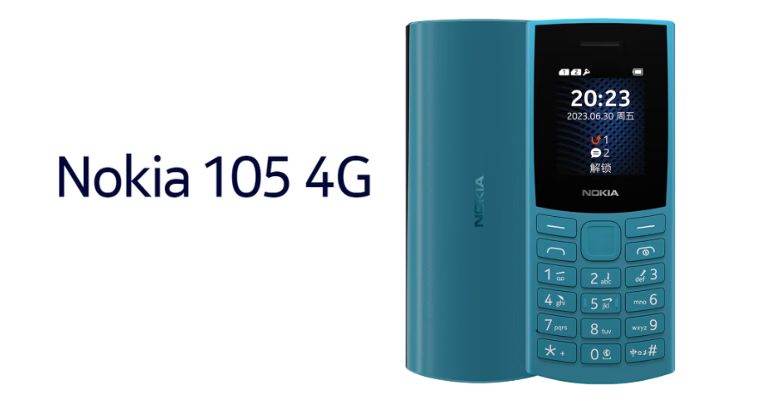
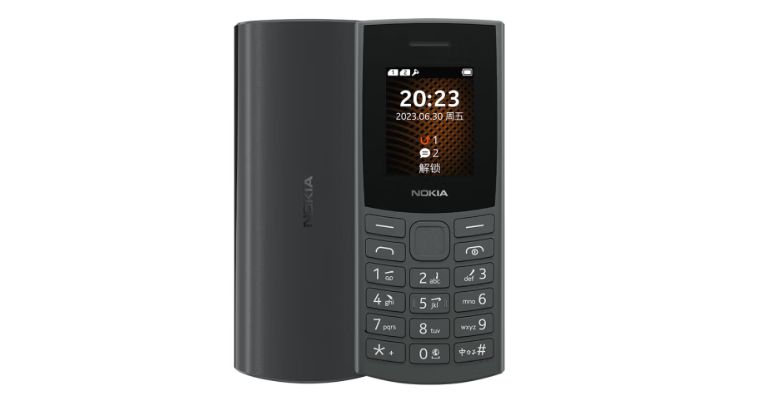 Performance
Performance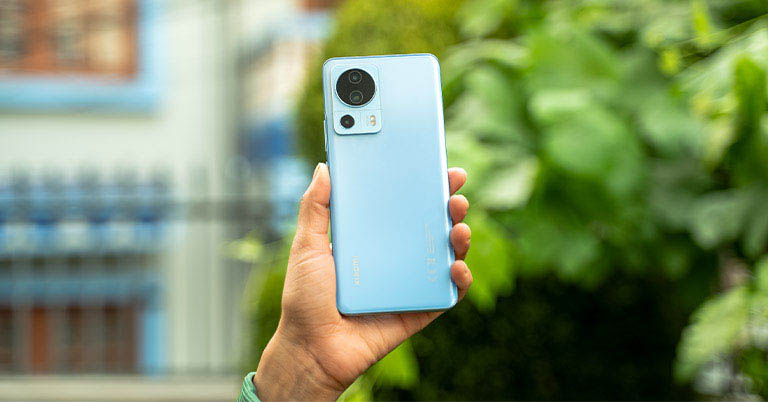
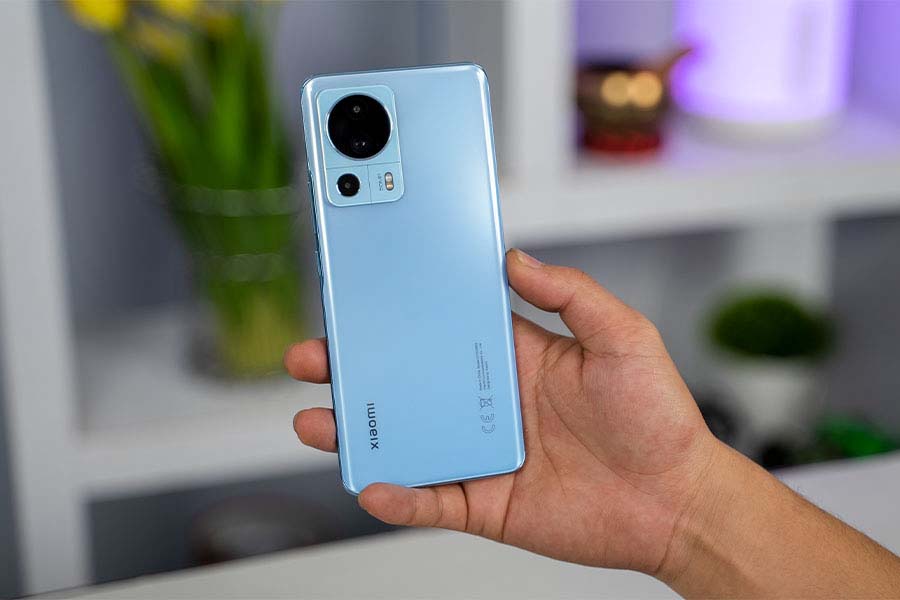
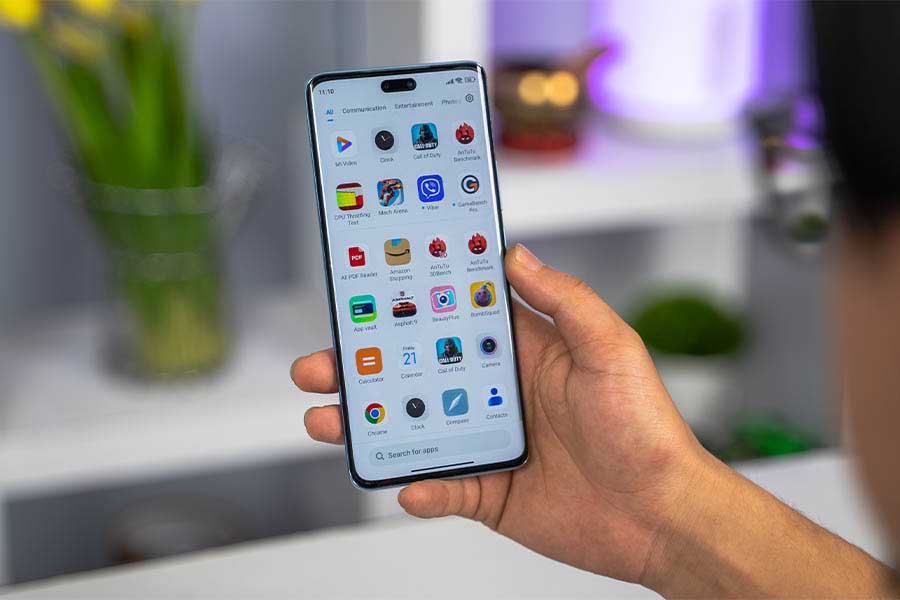

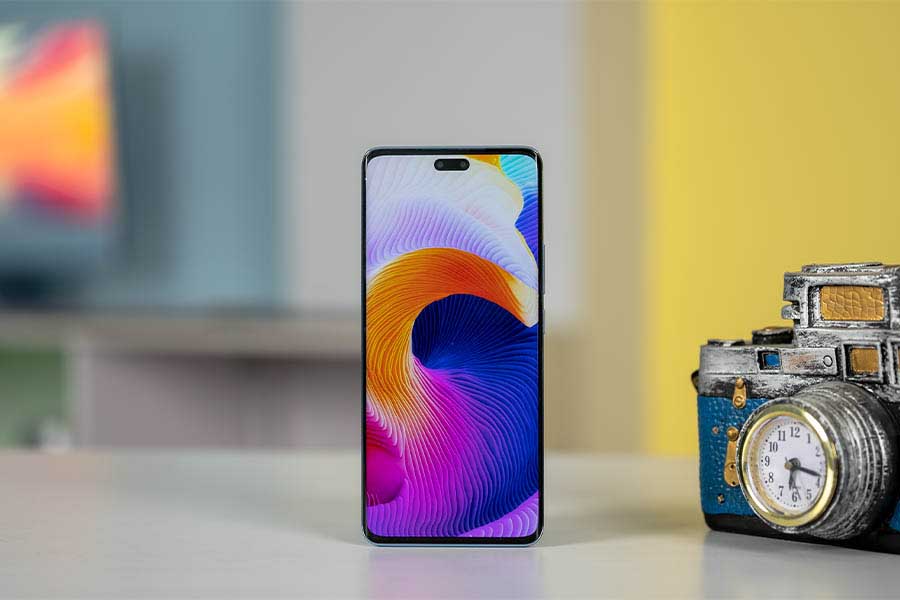







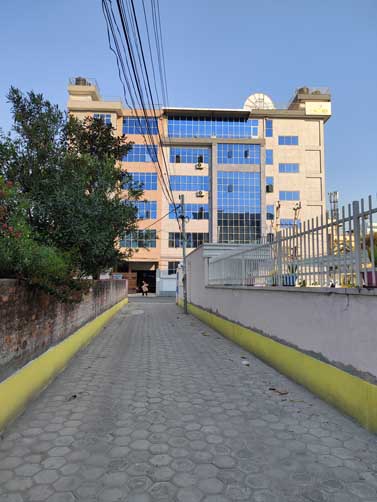
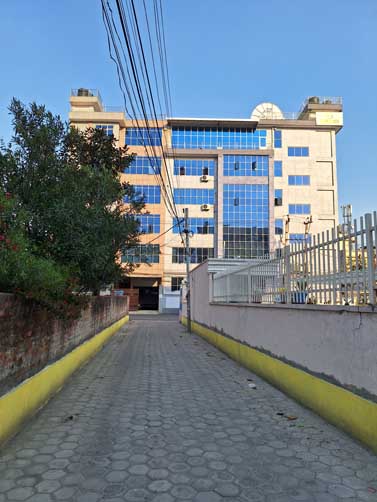
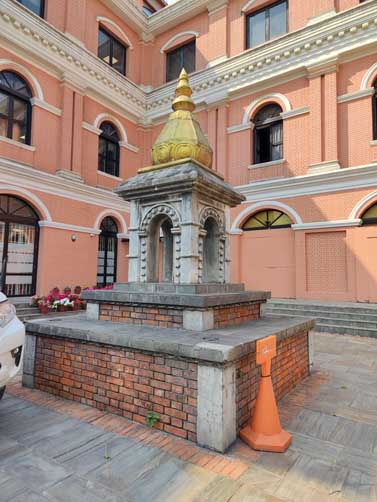
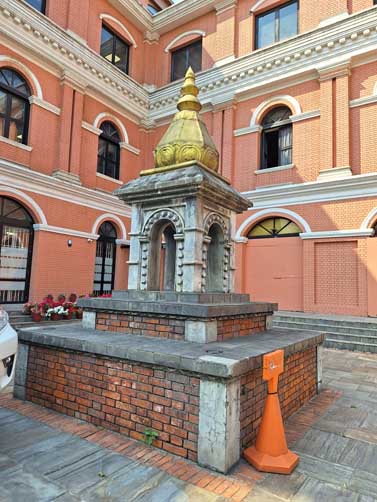
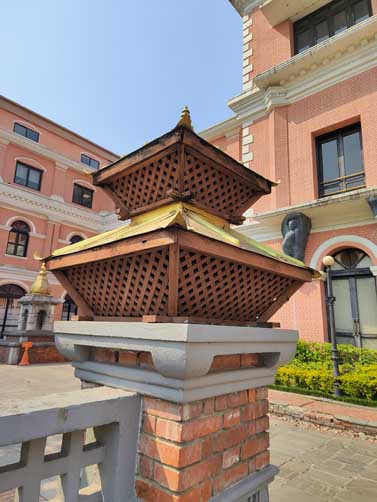
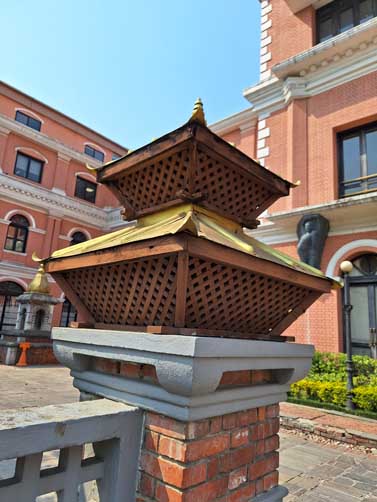
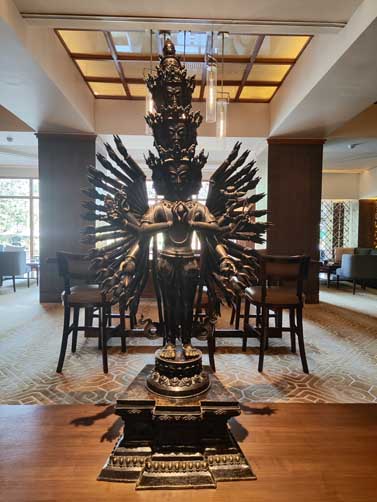
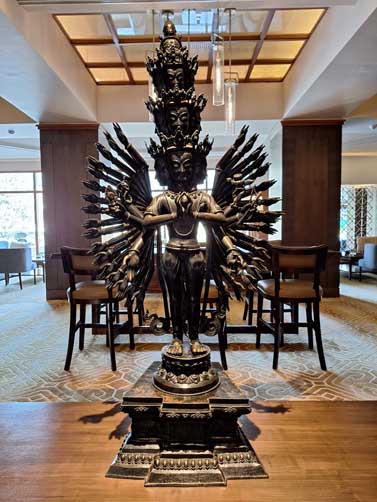




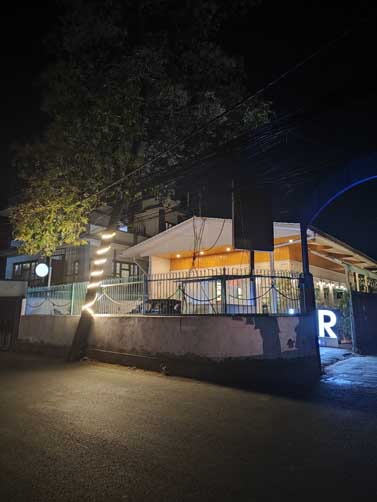
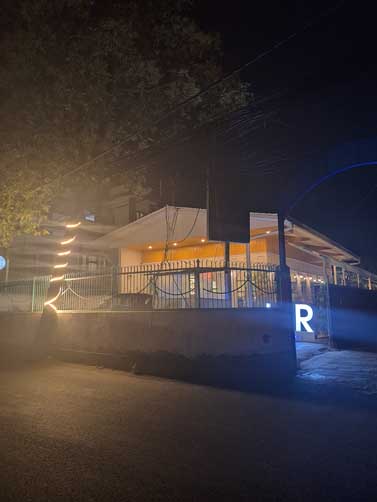
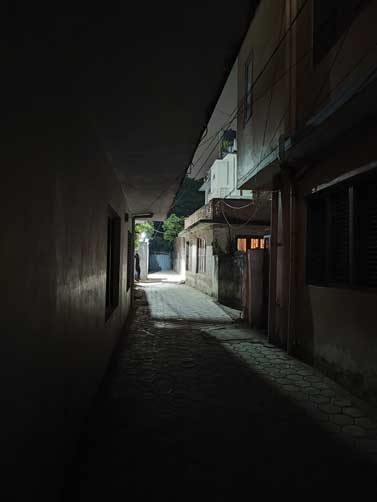
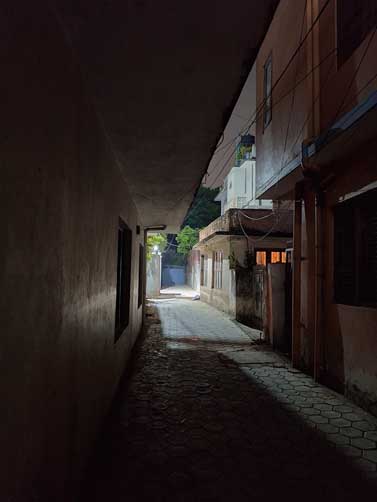
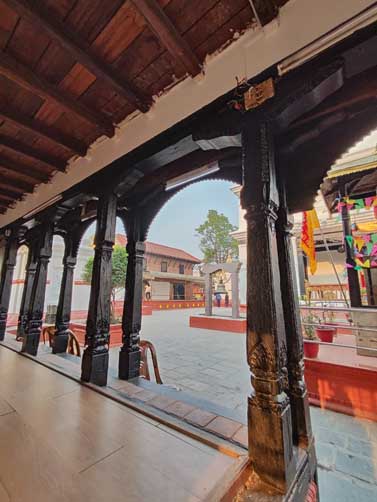
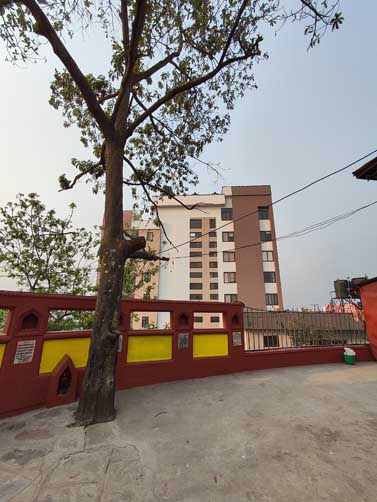












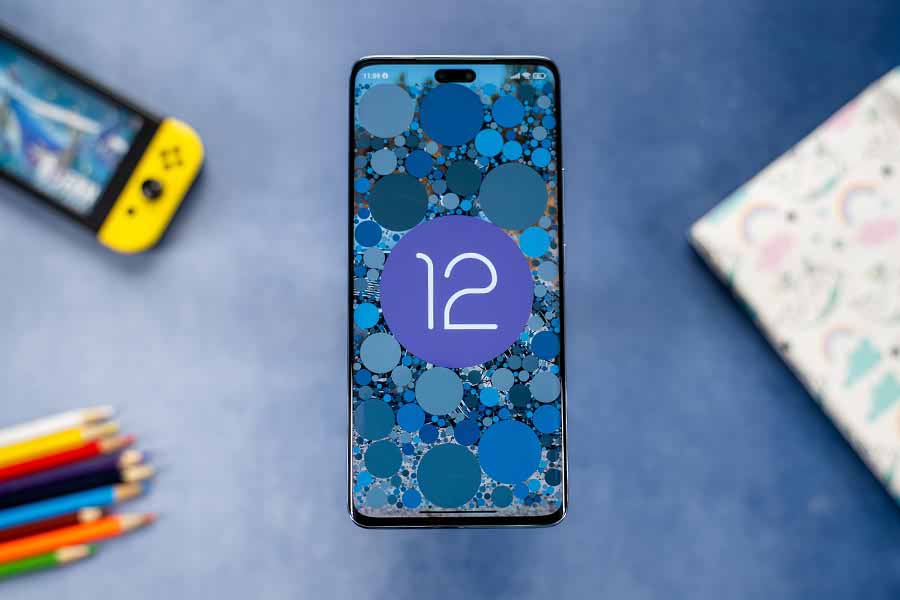


![DJI Air 2S Price in Nepal [Updated] DJI Air 2S Price in Nepal [Updated]](https://cdn.gadgetbytenepal.com/wp-content/uploads/2021/04/DJI-Air-2S-Launched.jpg)
